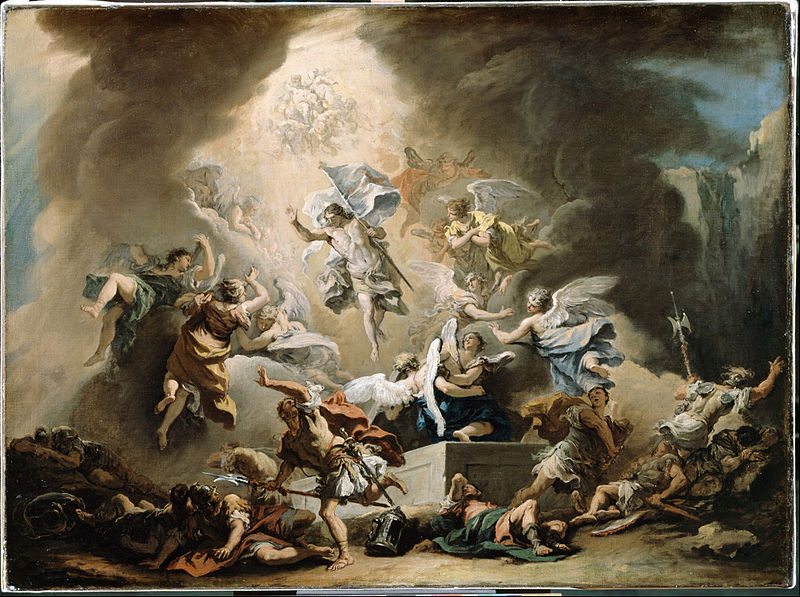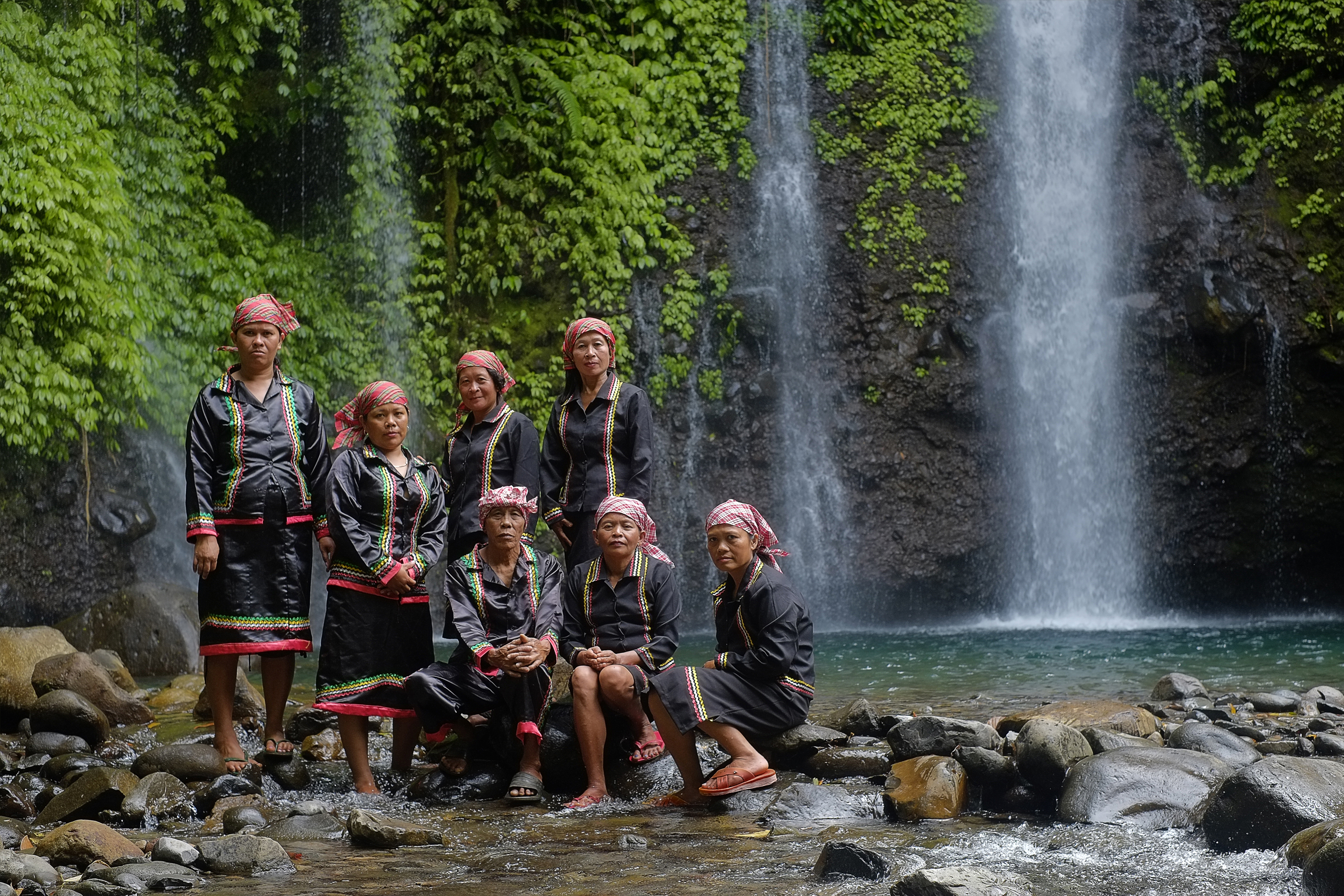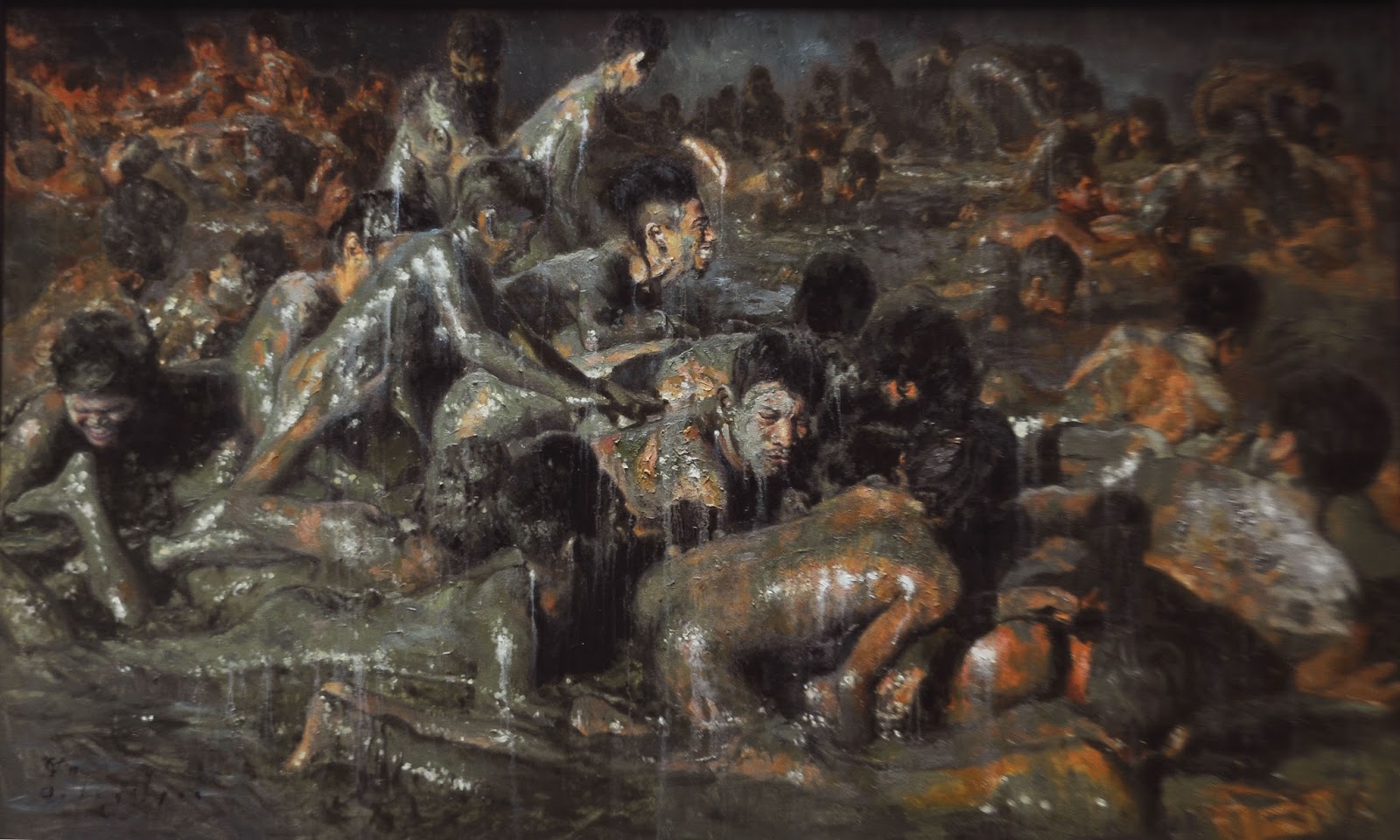The rule of nature is simple: we live and then we die. The moment of birth is also the beginning of the countdown towards death. However, religion and mythology, two ancient yet powerful elements in man’s history and culture, open up a path towards hope that death is not the end; that there is a possibility man can live again.
The concept of resurrection is a central part in many people’s beliefs – particularly for Christians. The death and resurrection of Jesus Christ is the pillar of this faith and promises eternal life by following a virtuous existence. But resurrection is not exclusive to Christian beliefs. This element can also be found in other religions, as well as our own indigenous tales and epics.

Those Who Died and Live Again
Britannica.com defines resurrection as the “rising from the dead of a divine or human being who retains its own personhood.” Unlike reincarnation – which is a dominant belief from the east that souls return to the mortal realm in a different body and individuality – resurrection poses that souls can return once again in the same body and not lose their own personality in the process. Many ancient religions and mythologies have their share of deities that face demise but manage to defy it in the end,particularly those whose domain revolves around agriculture (e.g. Dionysus- Osiris before he became the god of the underworld in Egypt). In Judaism, Elijah displays the power of bringing the dead back to life. While in Hindu folklore, the Ramayana narrates how all the monkeys who are slain during the great battle of good and evil where revived through the intercession of Rama.
Although not considered deities, folk and epic heroes from Philippine beliefs are the ones who have managed to pull off the supernatural feat of rising back from the grave. Fr. Francisco R. Demetrio noted that these individuals are venerated for being a “culture hero”; noted in the singing of epics as persons of a semi-divine nature who shows their love for their homeland – particularly in the tribe, village or community they originated. They are celebrated for defending their land from dangers which serves as example among the tribe or village members as all of them are expected to emulate the values of these heroes.
Perhaps these epic heroes were the first “messiah” figures for our ancestors, giving way for the concepts of Christianity. Besides giving salvation to their people, what qualities do these figures have that paints them as a proto-messiah for pre-colonial Filipinos?
How To Bring The Dead Back?
The Guman or epic of the Subanon people of the Zamboanga peninsula area have many tales that have an element of resurrection to it. One of these stories is about Prince Madlawe who saves the kingdom of Pagkatolongon who have no fighting men. The prince was slain in the battle but the maiden Pagl’lokon made a common gesture that unknowingly ‘woke up’ Madlawe: “She clapped her hands/over the gentleman’s face. And he stood up at once/the lone gentleman like lightning be stood” (Guman, 1718 – 24).
The hero of the epic Olaging and Ulahingan, namely Agyu ,famously known for his flying ship called Sarimbar was revived by his son after being poisoned by Sawalon, the daughter of his enemy Padsilung ha Kabatlaw. His corpse was found by the crocodiles at the the bottom of the sea. His son called upon his diwata to save his father as he put a limed betel quid on Agyu’s lips while chanting:
“Let this betel quid melt like ointment.
Let the betel quid melt like oil.
Let it be absorbed by the body…
Let t find the abode of his life
Let it search for the dwelling place of his life.”

Prayer is also the means as to how the friend of Taake, the hero from the Subanon epic Ag Tobig nog Keboklagan, was revived. Tomitib Manaon was killed during his fight at Walo Sebang. They tried many means to make Tomitib come alive again but they failed. Yet through the effort of Taake’s wife and sister, they managed to locate the soul of Tomitib in a tonawan (the pot where irons are melted) while “fishing” the soul of Taake’s friend using a handkerchief. The sister of Taake chanted a prayer to make the soul of Tomitib return to its body:
“I entreat the almighty father
To grant me the power.
My mother’s power
Be also my power.”
In the same light, the epic of Lam-Ang from Ilokano beliefs sees the hero revived through supernatural means, aided by his rooster and dog familiar. After being killed by the sea monster Berkakan, Lam-Ang’s bones were collected. Ines, Lam-Ang’s wife, is ordered by the rooster to wrap the bones with her tapis while the hen flapped its wings and the dog growled. In an instant, Lam-ang is happily reunited with his wife.
Spirit in a Bottle
In the fourth part of the epic Tulalangon from the Ilianen Manobo, Tulalang encountered two bands of robbers that seemed unscathed no matter how hard he struck with his spear. Tulalang figured that they can’t be defeated unless their soul is destroyed. With this in mind, he set up a distraction and let his spirit drift the the area where their souls were kept. There he found a giant snake, which he split open and found a bottle containing the life-breath of the bandits. Tulalang destroyed the bottle, but in other versions, he used the bottle to force the surrender of the enemy.

The theme of a spirit being hidden somewhere to make the body indestructible is also a prevailing factor in the epic of Labaw Donggon. His archenemy Saragnayan keep on coming no matter how many times he killed him. Saragnayan’s spirit resided in the heart of a boar roaming the slopes of Paling Bukid. Taking the heart and eating it would make Saragnayan become vulnerable and thus he could finally defeat him.
The Maranao epic tale of Bantugan continues this theme wherein the soul of Bantugan was sought by his friend Mabaning and Mabanale. When Mabaning and Madali learn about Bantogen’s death, they ride their magic shields and fly to the skyworld to retrieve the dead warrior. Mabaning disguises himself as a beautiful woman to make the Angel of Death thinks he has been given a wife by the gods. He asks the Angel where he can find korna, the fruit of heaven. As the Angel leaves him to obtain one, Mabaning loudly asks where Bantogen is. A tiny voice floats from a corked bottle, where Bantogen’s soul is kept. Mabaning grabs the bottle and joins Madali. They zoom back to Bembaran. The hero’s soul is released, and Bantogen is brought back to life. There is great rejoicing in the kingdom.
In addition to the theme of spirits stored in an object/place, the journey of seeking and returning the souls of the dead is a common theme in epic tales and myths, such as the Subanon tale of Sondayo where different characters experience resurrection by finding their soul with aid from supernatural beings.
When Death is Defeated
Fr. Demetrio explained in his essay “ Filipino Folk Memory and Pasyon” that our epic and folk heroes, the ones who serve as the savior of each respective tribe, are replaced by a superior figure; a figure that doesn’t just save a particular tribe but every people regardless of their affiliation to a tribe or village. This could possibly be one of the reasons why some early Filipinos easily embraced Catholicism and the idea of a unified land regardless of their ethnic groups.
The concepts from the above epics presents the idea of living a virtuous life and valuing the land and people from which one comes. The theme of resurrection is significant because it validates the importance of the hero and creates an emphasis for the lessons and morals being set out in the stories. Whether or not resurrection is part of your faith, we all hold some hope that when we are faced with an illness, accident, or our general mortality that we can overcome the odds and perhaps even defy death. Perhaps our ancestors were no different.
Source:
101 Kagila-Gilalas na Nilalang by Edgar Calabia Samar
Myth and Symbols Philippines by Fr. F.R Demetrio S.J (Revised Edition)
Currently collecting books (fiction and non-fiction) involving Philippine mythology and folklore. His favorite lower mythological creature is the Bakunawa because he too is curious what the moon or sun taste like.


